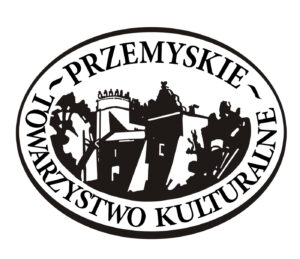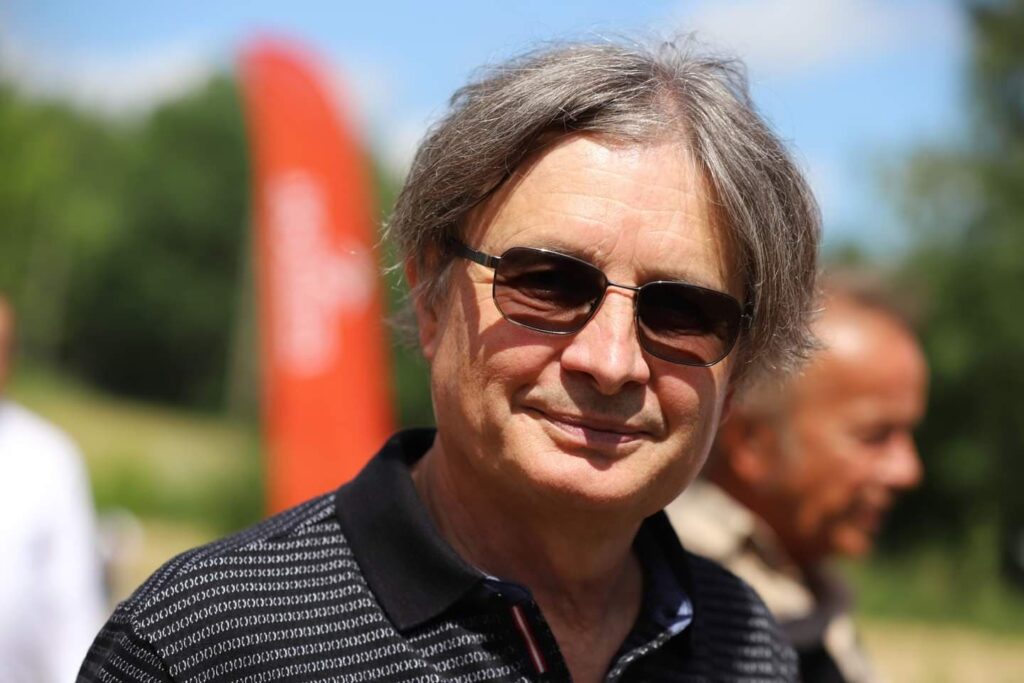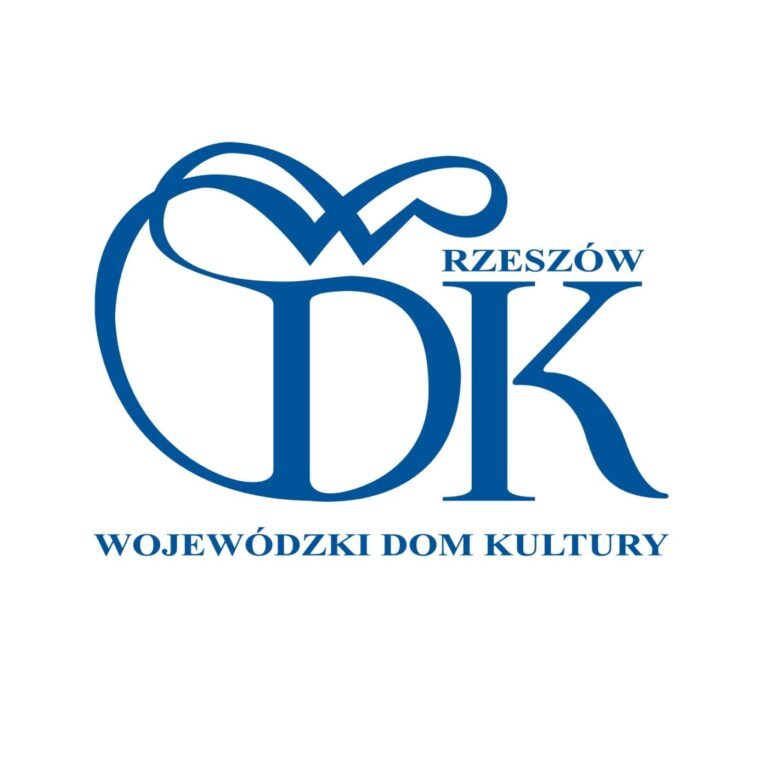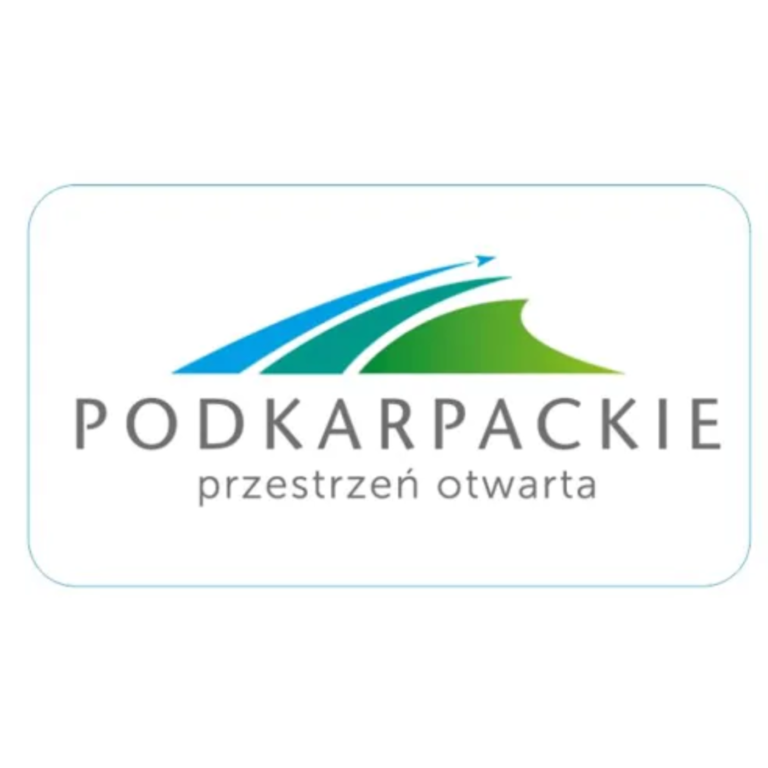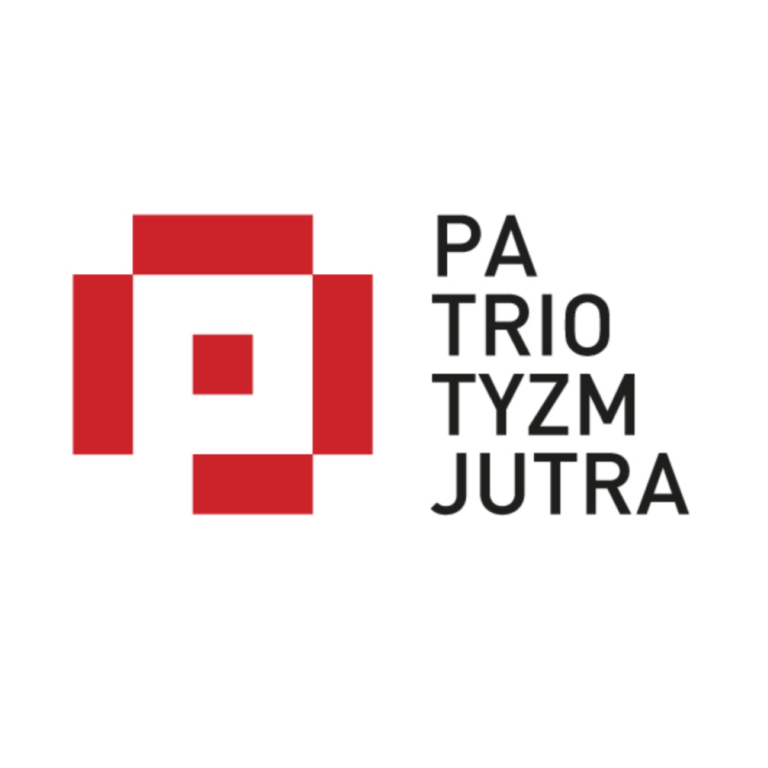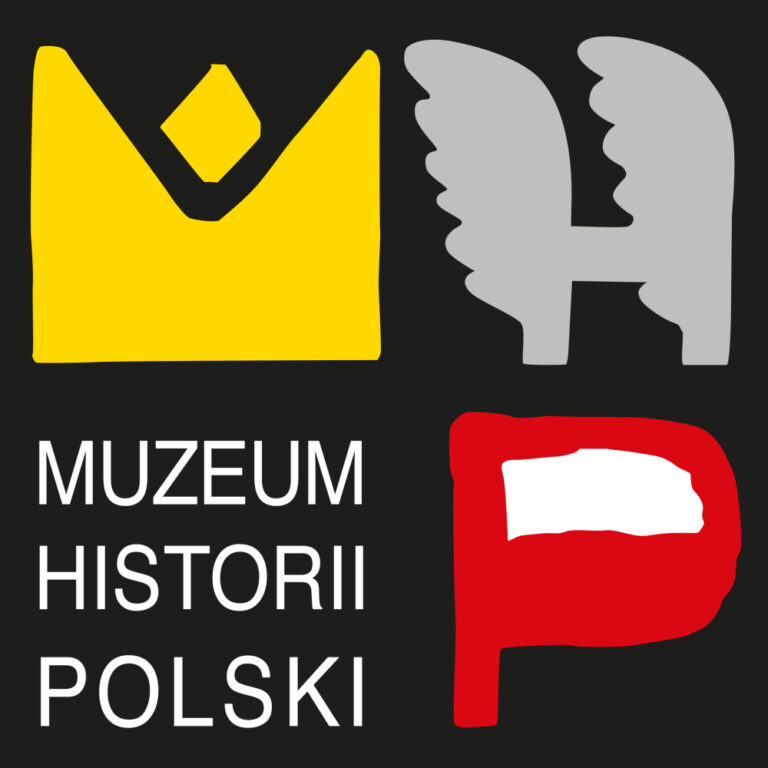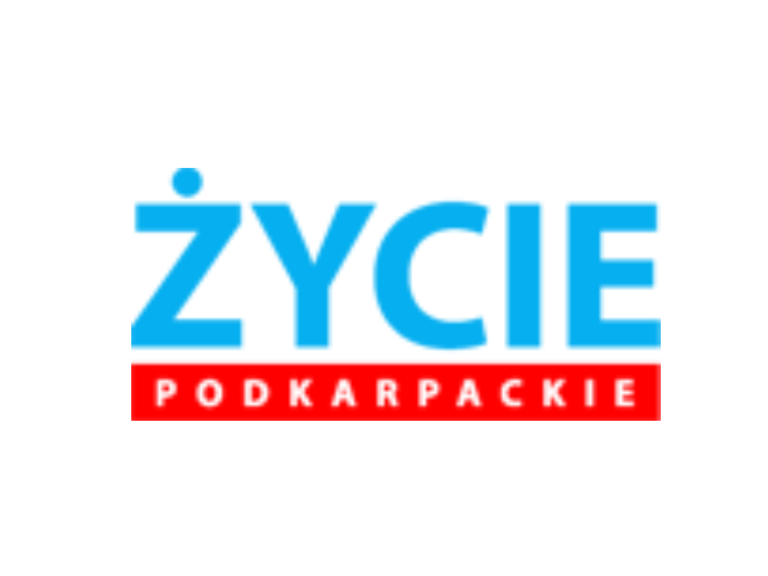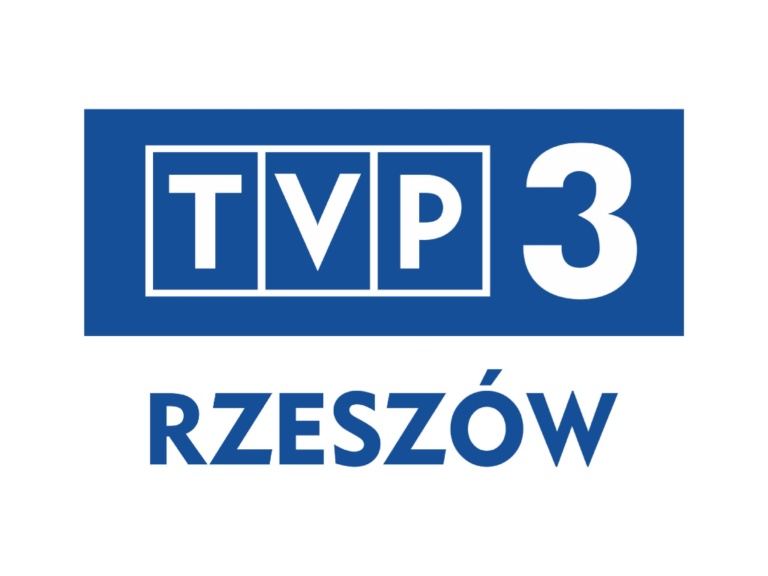Interview conducted on 31.08.2022 at the headquarters of the Arboretum in Bolestraszyce.
Director Narcyz Piórecki is quite a busy person, doing many tasks at once. At the same time, he is able to find time for every employee. We started our meeting on the run, with a tour of the Arboretum, where every bush and tree has its own unique story. In addition to the beautiful nature, every visitor to this place is accompanied by art that perfectly harmonizes with it. The venue was chosen by the director and it was an excellent choice, as it is full of rich history, traditions. Piórecki is the headmaster at Bolestraszyce, an efficient leader, giving direction to the institution. In 2021, he received a postdoctoral degree from the University of Rzeszow. His passion is art. He also holds a diploma from the Painting Studio of the Academy of Fine Arts in Cracow and the Artistic Tapestry Studio. He is a member of the Wicker Creative Association, among others.
AB: Could you tell us about a meeting from probably 1986 in Przemyśl? I mean the exhibition in the basement of the Franciscan Church in Przemyśl as part of the Man-God-World festival.
NP: Just from this exhibition I remember not very much, but I will try to put it together one by one. It was a really long time ago, more or less in 1981, the year I started studying in Cracow. Until the outbreak of martial law in December, there was euphoria, joy in my life. There were a lot of interesting things happening then at the Academy of Fine Arts, where I studied. Martial law interrupted all this. At that time we also had a kind of remote work - that is, we were sent home and did not return until March 1982. We also had occupation strikes at the Academy. However, we were, as it turned out, too small an establishment, and after a week we went home, because no one was interested in us. We left for home. I returned to the academy, as I said, in the early spring. Young people who wanted to do something then, to paint, to create had it prevented. Publicly it could not happen. Martial law destroyed all this, crossed it out. At that time, Professor Grzywacz in Cracow began to discuss with us what to do next, because there was a boycott in state institutions. Professor Grzywacz was also the founder of the reform of the academy, an internee. At that time, the Three Pictures Gallery, which is what it was called, began to operate at the Academy of Fine Arts in Krakow. It was invented by professors, due to the fact that there was a boycott of other institutions. It was located in a small room and hosted internal academic exhibitions. It was created to show, among other things, what the trends were at the time and what was happening in art at the time. One of the professors, as I remember, later came back from a scholarship in the United States and gave updates on what was happening in Western art at the time. It was a gallery in a sense of independent art, but inside the academic community. In fact, anyone could walk in from the street and see the exhibitions. At that time, churches began to organize exhibitions in Cracow. The first, I think, were the Piarists, and in Przemyśl - the Franciscans. They provided space for artists and events of independent culture. A young person like me at that time, who was creating something and had some ideas, just like my colleagues, could not exhibit anywhere. This was something completely different from today. Back then he was doomed to non-existence. Therefore, it should be clearly stated that this grassroots movement, which was also initiated by the Catholic Church, was obviously some kind of reasonable alternative and provided new opportunities for culture. It was also an opportunity for artistic exchange, discussion, confrontation. The current generation has absolutely no problem with this. My first exhibition, which I remember, was organized in Przemysl by Marek Kuchcinski, who was associated with the independent environment in Przemysl. It was held in the lower church at the Franciscans. There was also an exhibition in 1988, where we managed to make a catalog. At that time we recommended other people through the slipper mail and with our contacts. That exhibition in 1988 included Asia Warchol, who is now the head of the Krakow district artists' union. And also Jasiu Ziarnowski, who had just left for the West in 1988. At the time, the man was proud to have participated in the independent art movement at that difficult time. Such joint meetings with artists were an interesting platform for exchanging experiences and ideas. It should be remembered that at that time it was not possible to go anywhere abroad.
AB: I would like to return to the question of organizing these exhibitions in churches. Was it a joint decision between you, i.e. the artists and the church authorities, or did the initiative come only from the church community?
NP: It was more or less that always when it comes to art, there must be a manager. In the case of the Przemyśl environment, for example, such a driver was Marek Kuchcinski. His meetings dealt with various topics, but such a field as fine arts could not be left out. All the more so because the Przemysl artistic milieu has always abounded in many interesting characters and was resiliently active. It's hard for me to say exactly how it started exactly. I learned about the exhibition from Mark: where, when and what. In art, it is the unofficial contacts, the so-called slipper mail, that are very important, and here it worked. I also had a free hand and could invite people who were familiar and interesting to join this artistic initiative. It was important that the artists were sympathetic to independent culture and outside the official circuit. It was known that church exhibitions had a certain framework. However, it was a mutual respect, which did not need to be spoken of loudly, because it was obvious. The priest who organized this in Przemyśl was very involved and concerned about his role, as was the gallery leader.
AB: You saw it from the perspective of the participant, and the others you mentioned - from the organizational side.
NP: Yes. It should be said that my dad Jerzy Piórecki at that time also participated in the Przemysl meetings. He dealt, of course, with his natural, botanical and similar subjects. I lived in Cracow at the time, while I went to Przemysl rarely, which is why my recollections are like this, not different.

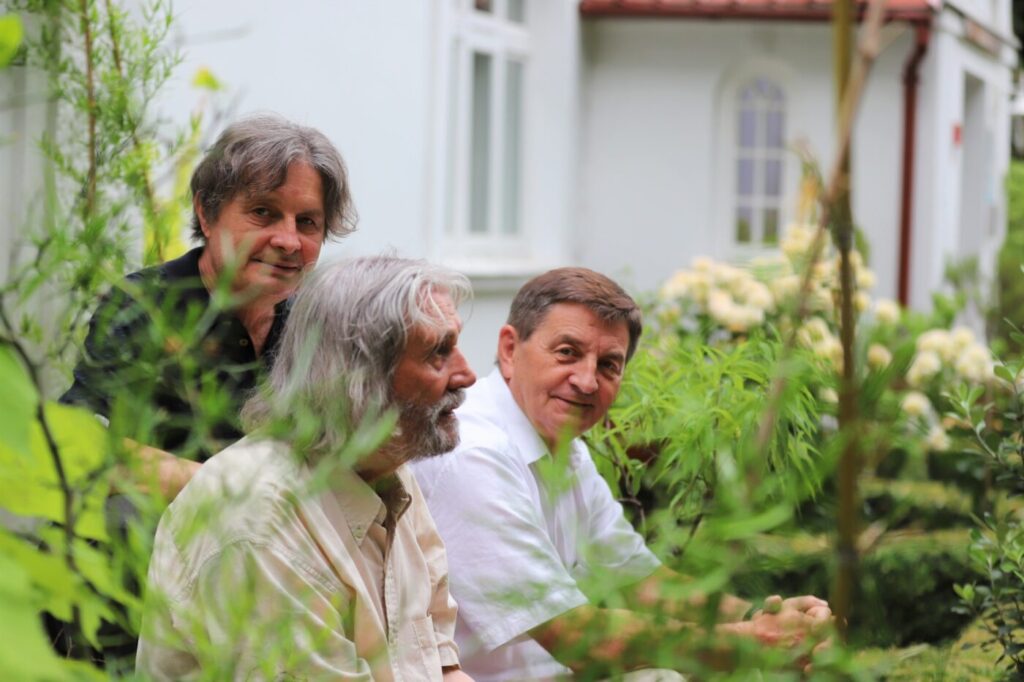
AB: Please tell me how you saw this Przemyśl environment from the perspective of a student from a big city, where there was certainly more going on.
NP: Przemyśl was also important. I didn't see much of a difference. The Three Pictures Gallery was run by a friend of mine, and when she did her diploma, I took over her role until my graduation. I remember such a story related to the Gallery in Krakow, how Professor Grzywacz did an exhibition consisting of works depicting cut breads. Then, three hours after the opening, the sad gentlemen closed it. They just came, closed it, sealed it and left. We had such an adventure with censorship. It was an important gallery in the life of Krakow. It is also important to know that once upon a time the reception of such art presented in galleries and museums was much greater than it is today. The recipient/viewer has changed since then. I have a direct example of this in our Arboretum in Bolestraszyce. The viewer is reached differently now than in the past. Going to exhibitions was a kind of rebellion against the system at the time. Especially how to go to an exhibition of independent culture. I'm glad that the Przemyśl Cultural Society has reactivated and organizes such panels as the one at Calvary Paclawska, where I learned many interesting things. Nowadays, art and exhibitions go more outside, out of the building. This is also the case with us at the Arboretum, where exhibitions are around people. In the 1980s, the viewer was more aware. People coming to meetings or openings wanted to see things outside the official circuit.
AB: Maybe because it was something more authentic?
NP: Well, yes, it was certainly authentic. The very idea of returning to the Society is very important and, in my opinion, much needed. However, the Internet and the media are now saturated with marketing and low-level, so it is these kinds of meetings that are the salvation. They are oriented to enrich our knowledge, not to make money. It is also good to exchange views then, in an era of far-reaching political correctness. As for the meetings in Przemysl, I still remember that I used to come there especially for the jazz concerts organized in CK. Jazz then functioned wonderfully, at a high level in the 80s and 90s, and even at the beginning of the 21st century. I went to France permanently in 1988 and only returned so consciously in 2001. The 1990s were short visits to family.
AB: And do you remember how it all ended in the 1990s? Why were the meetings discontinued?
NP: It seems to me that this happened quite naturally. Please see that people from that time, such as Jan Musial and Marek Kuchcinski, for example, took up politics in earnest. After the fall of communism, these people filled gaps in the administration at various levels. After the communists, they constituted a new cadre from Solidarity. They went in the right direction, because they were building the new Polish reality. Thanks to this, we had our voice at the levels of local and national government. Maybe I'll say something highfalutin, but at that time the environment of the 1980s was something like the Falcon Society. These people gained experience over time and were prepared to perform certain independent functions and think independently without party or corruption burdens. They acted selflessly. It is very good that now such institutions as the Przemyśl Cultural Society, the Society of Friends of Science, our Arboretum and the Church are involved in cooperation and together can organize valuable events, important and necessary in these times.
My father and I donated a large collection of independent circulation to the archive, including the so-called "bibula. I personally have a few books that survived in very few copies. Some of them we destroyed - burned for security reasons.
Interviewed by Alexander Busz
